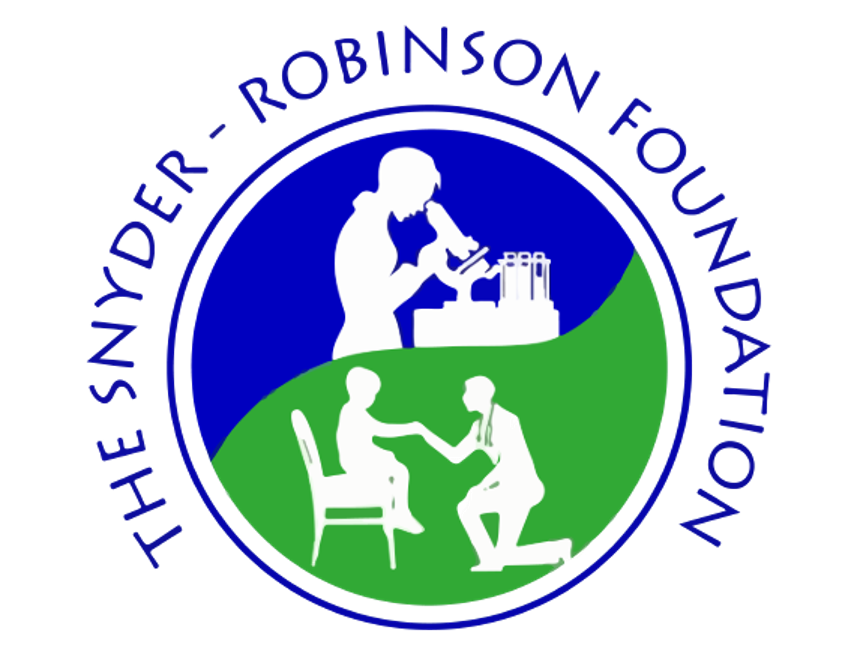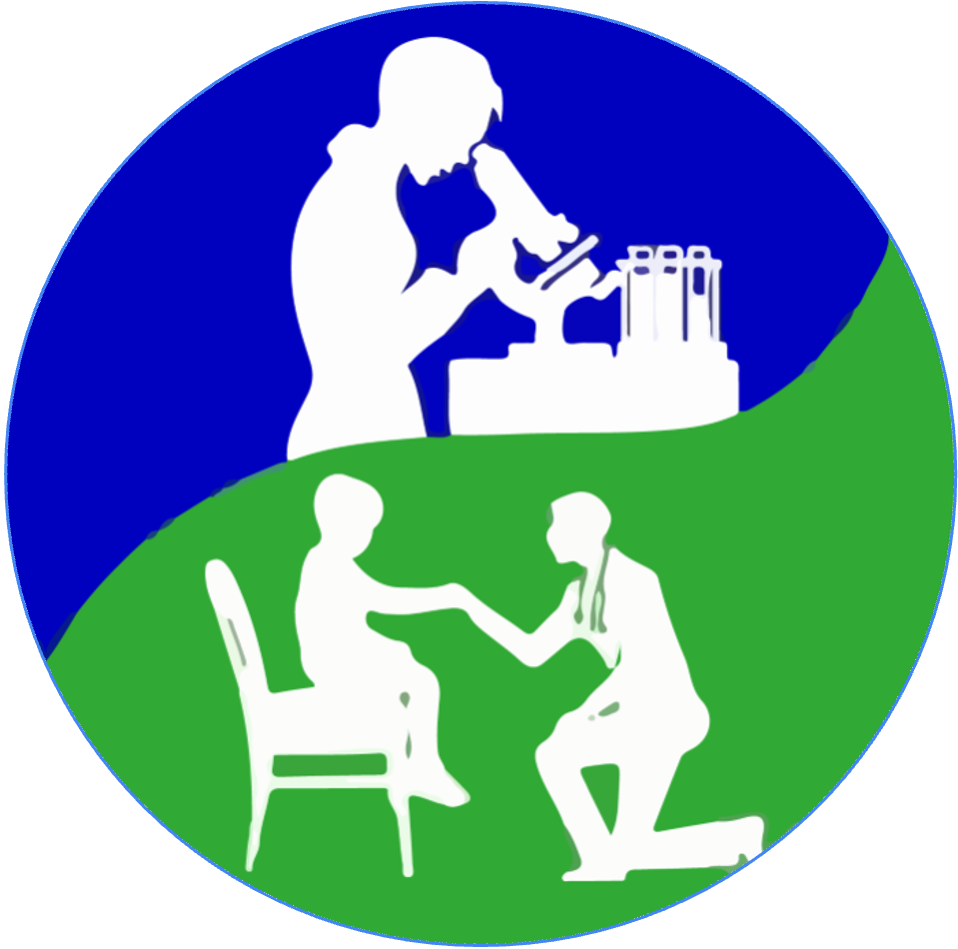Clinical Manifestations of Snyder-Robinson Syndrome
-
Angela Peron is a clinical geneticist based in Italy. She attended the first SRS conference in 2015 and met several families with SRS. This presentation includes some unpublished data from the Snyder-Robinson Foundation’s Natural History Study as well as her personal experience when caring for SRS patients.
Introduction on Snyder-Robinson Syndrome – it has been nearly 50 years since Drs Snyder and Robinson first described SRS. Dr. Schwartz and his colleagues identified the SMS gene as the cause for SRS. The SMS gene encodes for spermine synthase, which converts spermidine to spermine. When people have a mutation in this gene, spermine synthase does not work properly, and they will have higher levels of spermidine and lower levels of spermine, which cause the manifestations in SRS. We can measure these levels as well as the enzyme activity. We don’t know if all of the mutations are inherited from healthy carrier mothers. A carrier mother will carry the mutation but she is not affected.
To study these manifestations, Dr. Peron included information of males with a mutation in the SMS gene from whom there was enough information from the Greenwood Genetics Center, the SRF Natural History Study and her personal experience. This data is collected from 21 males:
17 are alive and 4 are deceased.
The median age is 6 years of age (range 3 – 58 years)
Average age at diagnosis is 3 years of age (range 1 month – 57 years) – most were diagnosed early. Most are from North America and Europe.
Most of the patients were reported to have a normal prenatal history and they were usually delivered at term, with some exceptions. Birth weight is normal to low. About half have perinatal distress, usually in the form of respiratory distress or abnormal heart rate. Most of the babies have hypotonia (low muscle tone) and more than half have feeding difficulties.
Most common clinical manifestations (also called cardinal signs, which means the most common signs)
Developmental delay (cardinal) – 100%
Decreased muscle mass and are thin (cardinal) – 100%
Osteoporosis (cardinal) – 100%
Orthopedic problems (cardinal) – 95%
Seizures/epilepsy (cardinal) – 86%
Gastrointestinal complications (including reflux and constipation) – 78%
Abnormal brain MRI including thin corpus callosum and enlarged ventricles (but non-specific) – 76%
Genital malformations (usually hypospadias or undescended testicles) – 50%
Renal problems (including kidney stones or malformations such as ectopic kidney, which means it is located in an abnormal place) – 42%
All SRS children have developmental delay. Average achievement of milestones is:
First words are spoken at about 2 years of age on average
Independent sitting occurs at about 1 year of age on average
Independent walking occurs at about 3 years of age on average
IQs in SRS show a wide range of cognitive impairment. 8/15 children are reported as unable to walk, but it could be because the children are still young and not walking yet.
Orthopedic problems
Osteoporosis is usually diagnosed early in life (at about 4 years of age on average). 100% of SRS boys have osteoporosis (weak bones).
Recurrent fractures include 65% of SRS boys
Ambulation abnormalities (unsteady gait or inability to walk) include 95% of SRS boys
Kyphoscoliosis occurs in 63% of SRS boys. Kyphoscoliosis is a combination of kyphosis (forward curvature of the spine) and scoliosis (sideways curvature of the spine). It is important for SRS boys to have an orthopedic doctor and receive physical therapy because kyphoscoliosis gets worse with age.
Epilepsy – seizures are common and usually begin in early childhood, but there are also patients who never presented with seizures.
Seizures usually start at about 1 year of age (range 1 month – 5 years)
One patient without seizures had an abnormal EEG.
Seizure types vary including spasms, generalized and/or focal seizures
The most common seizure type is myoclonic (muscle jerks) (7/18)
Response to treatment varies – some respond very well to treatment
Drug resistance epilepsy also occurs – some do not respond well to treatment 6/13
Common facial features can help doctors recognize these characteristics as SRS. This is often what doctors first see in the clinic. This will help to recognize and test for SRS early. Some of the patients have macrocephaly (slightly enlarged head size). The area around the eyes is described as long palpebral fissures. They also have facial asymmetry. The shape of their nose is similar, as seen in their profile.
Less common or emerging manifestations (clinical problems that doctors were not aware of, but were identified in the Natural History Study)
Episodic fever (recurrent fevers without explanation and without a confirmed infection) 59%
Recurrent infections (usually ear infections or respiratory infections) 55%
Hearing impairment (this is not consistent and needs to be studied more) 41%
Other less common findings that doctors are trying to determine if they are part of SRS:
Hypoglycemia at birth (low blood sugar)
Delayed puberty and delayed bone age
Elevated IgA (from immunoglobulin panel) – immune dysregulation (immune problems which involves an overactive and/or underactive immune system)
Thrombocytopenia (low blood platelets- platelets help the blood to clot)
Summary of cardinal signs of SRS
Male with developmental delay/intellectual disability and
Low muscle mass
Osteoporosis in a young child
Progressive kyphoscoliosis
Common facial characteristics
Early diagnosis will help doctors better care for children with SRS and get medical help early. It will also help to follow the progression of some of the manifestations mentioned here.
About the Presenter
-
Angela Peron, MD is an attending physician in clinical genetics at San Paolo University Hospital in Milan, Italy, and an adjunct assistant professor of Pediatrics at the University of Utah in Salt Lake City. She is also completing her PhD at the University of Milan, Italy.
Her clinical interests include dysmorphology and genetics of neurodevelopmental disorders in children and adults. Her research focuses on Tuberous Sclerosis and the genetic causes of ultra-rare syndromes, autism, and epilepsy. In 2012 she identified the first Italian patient with SRS in collaboration with Dr. Charles Schwartz, and continues to provide care for several SRS patients. Her presentation will cover the results of the first analysis of the SRS Registry focusing on clinical manifestations.
Angela received her medical degree from the Università Vita-Salute San Raffaele in Milan, and completed her medical genetics residency at the University of Milan, Italy.

